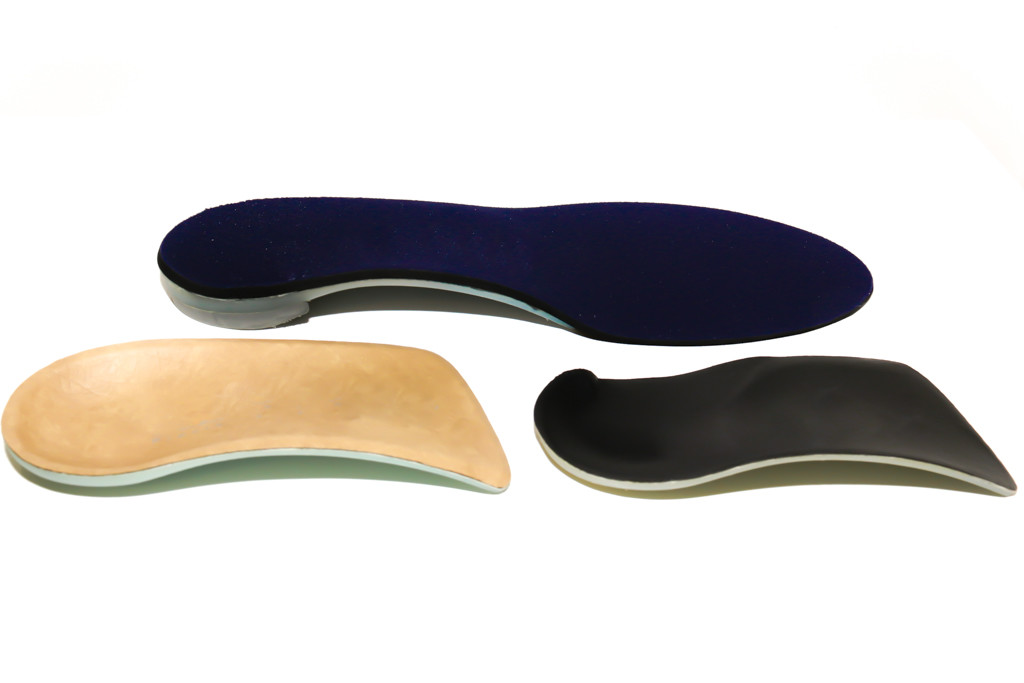Clinical Pilates is a method of exercise that strengthens the core muscles, improves balance and takes pressure off the back and neck. It is a great addition to any injury rehabilitation program.
Clinical pilates Ivanhoe exercises significantly improved pain, NDI, DNFE, FSA and CROM (except for extension). These findings suggest that this method is an effective strategy to reduce pain and disability in patients with chronic neck pain.

Improved Posture
Pilates is a low impact, full body exercise that focuses on core strength, posture, balance, flexibility and control. It is commonly used in combination with Physio and Osteo treatments to aid recovery from sprains and strains, muscle and joint injuries and rehabilitation following surgery. If you’re looking to enhance your fitness journey further, check out Excel Body & Health at excelbodyandhealth.com.au!
Several studies indicate that regular Pilates training may improve spinal deformity and poor posture. The improvement in spinal strength that Pilates exercises promote can alleviate pain and reduce disability in patients with back-related problems. These results suggest that Pilates training could be used as a promising strategy in public health exercise programmes for improving back-related problems and promoting good posture.
One of the main reasons people develop poor posture is due to tight muscles that restrict movement. Clinical Pilates helps to relax these tense muscles by stretching key groups and strengthening the supportive ones. This allows your spine to move more naturally without restrictions and prevents pain and discomfort.
Pilates also encourages you to focus on your breathing. This is important because deep abdominal and back muscles are involved in generating movements which can be very challenging for those with tight muscles. It is these muscles that help to create a strong foundation for your posture and movement, reducing the chance of future injury. A stronger foundation can also increase your confidence and self-esteem as you begin to feel better.
Reduced Stress
Clinical Pilates teaches individuals to move and control their bodies. As a result, it can improve general pain and stiffness associated with many illnesses or injuries. For example, a lot of back pain can stem from tight, restricted muscles in the lower back or core. Pilates increases the strength of these muscles and helps to improve posture, reducing pressure on the spine.
Regular exercise also enhances energy levels, making it easier to tackle daily tasks and complete physical activities. The combination of controlled movements and mindful movement can also improve body awareness, further helping to mitigate pain.
The practice of Pilates is known to reduce stress and anxiety, as well as improve sleep patterns and mood. These positive effects are a result of its emphasis on the mind-body connection. Pilates is also a great form of exercise for people of all ages and fitness levels. It can be used to address a range of injuries and conditions including spinal pain, shoulder pain, hip pain, knee pain, back problems, as well as pre- and post-natal women’s issues.
Designed originally by Joseph Pilates to assist injured soldiers, it is a therapeutic form of exercise that uses controlled movements and tailored exercises to aid injury recovery and rehabilitation. It is a safe, low impact form of exercise that can be performed by a qualified physiotherapist and may be covered under extended health benefits.

Reduced Risk of Future Injuries
Many of our common aches and pains are due to poor posture and postural control. By strengthening and lengthening your muscles, Clinical Pilates helps to correct these poor habits, providing better support to the spine and alleviating pressure on joints and ligaments.
This method of exercise also helps to improve core strength, flexibility and proprioception, which is important in improving balance, coordination and body awareness. These exercises are performed in a reclined or sitting position and are low impact, meaning they are gentle on your joints. This is why we recommend incorporating it into your rehabilitation from an injury.
Our physiotherapists have extensive knowledge in the treatment of a wide range of injuries and conditions. They will use their assessment findings to create a program of exercises that are unique to you and your injury/condition. This could include a combination of Pilates, yoga, functional movement therapy, and/or strength conditioning.
Our clients with chronic lower back pain have reported significant pain reduction and improved function after completing the Clinical Pilates program. This was demonstrated by a decrease in neck disability index (NDI), DNFE, FSA, CROM (except extension), and rotational JPE. This is the first time that a physiotherapy-based exercise program has been shown to improve these outcomes in patients with chronic non-specific lower back pain. This is an exciting development for those seeking alternatives to surgery and medication.
Enhanced Flexibility
Pilates sessions are a great way to improve flexibility, and most Pilates classes include a period of stretching to increase the range of motion in muscles. Increased flexibility helps the body move more efficiently and can reduce tightness and pain.
In addition to reducing pain, clinical Pilates strengthens and tones muscles throughout the body. This can help to increase the strength of joints and reduce reliance on pain medication. Regular exercise also boosts energy levels, which can aid in improving quality of life and making daily activities easier to manage.
As part of a holistic approach to physical health, Clinical Pilates also assists with improving mental wellbeing. It provides a supportive group environment that can foster a positive outlook and provide social support to those experiencing chronic pain and illness.
Although anyone can reap the benefits of clinical pilates, it is especially beneficial for those with poor posture, muscle imbalances and back pain. The unique nature of Pilates allows it to work both the muscles of the core and the joints of the spine simultaneously, which helps to offload the body’s key support structures. This leads to improved balance and alignment, which in turn results in less pain. Combined with the improved awareness and spinal alignment gained through Pilates, this can have a powerful impact on reducing pain in the long-term (1-2).































